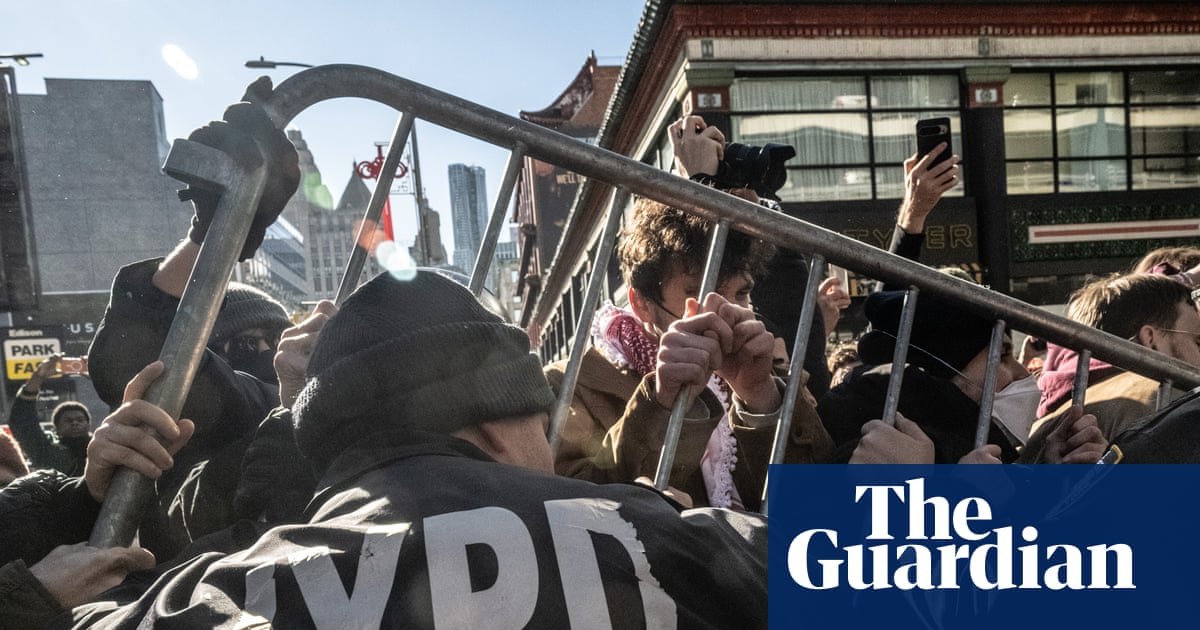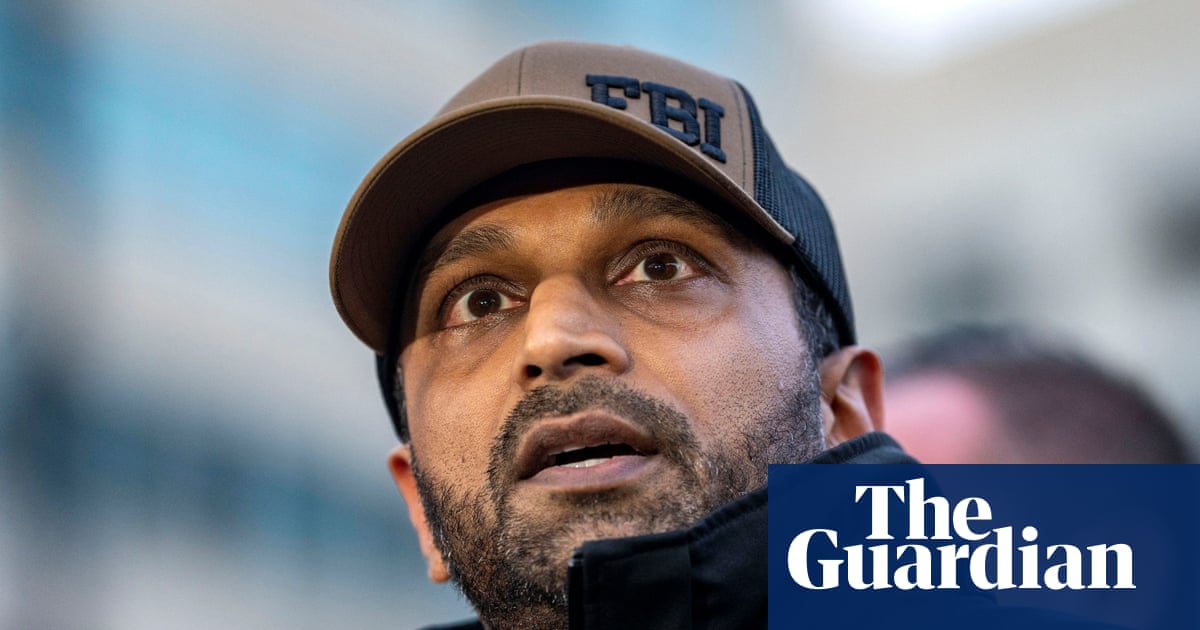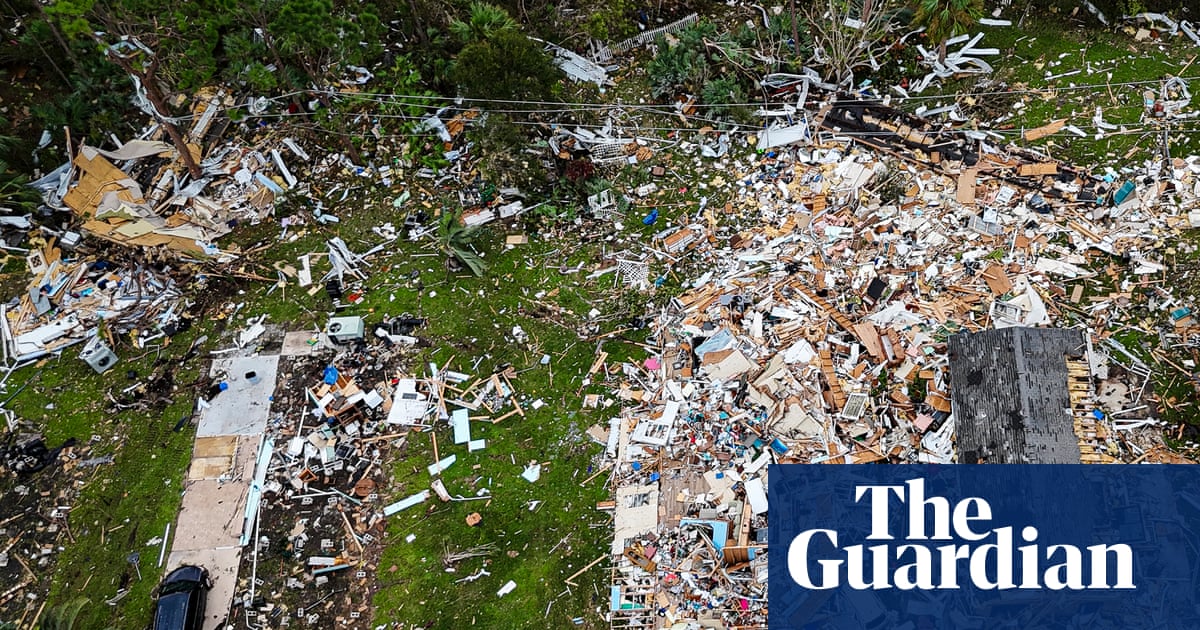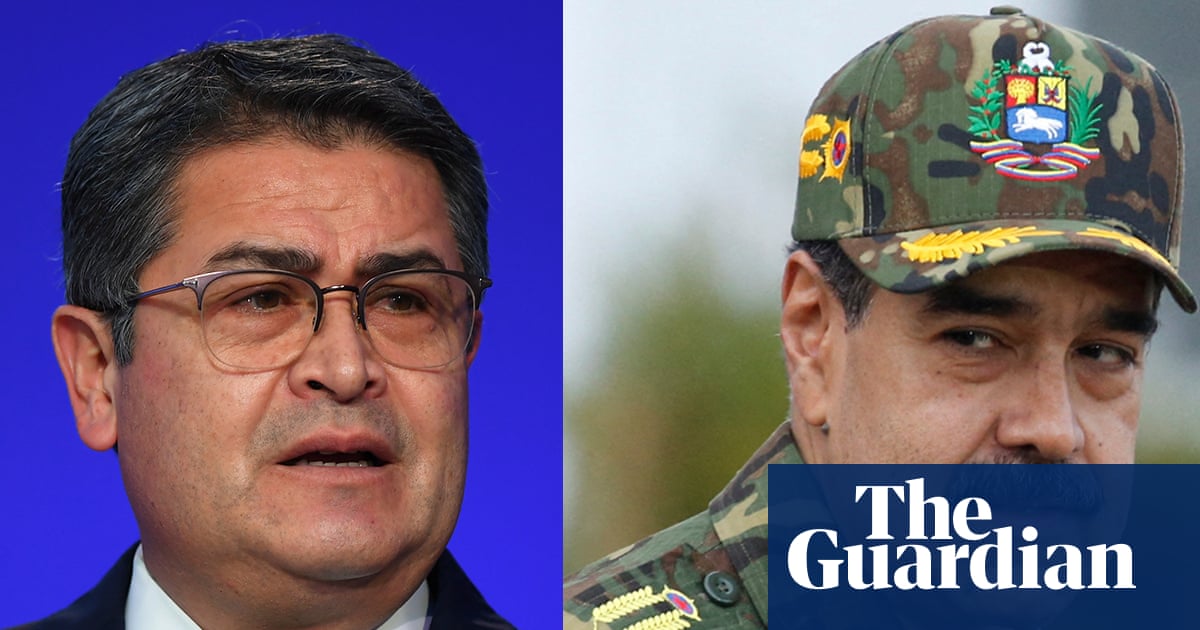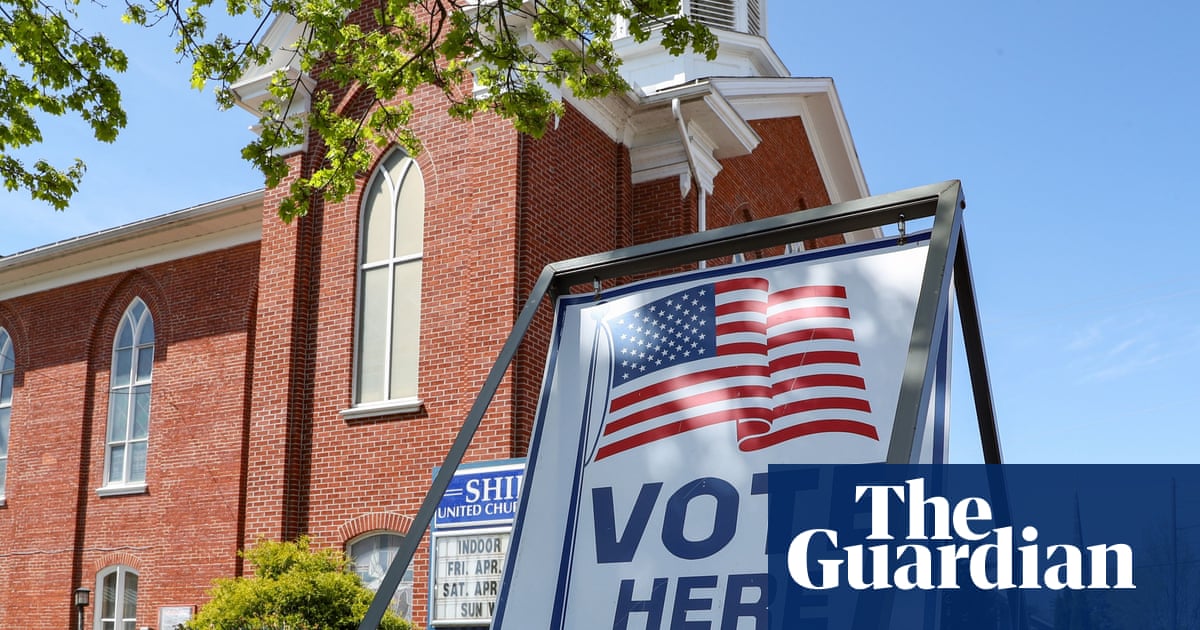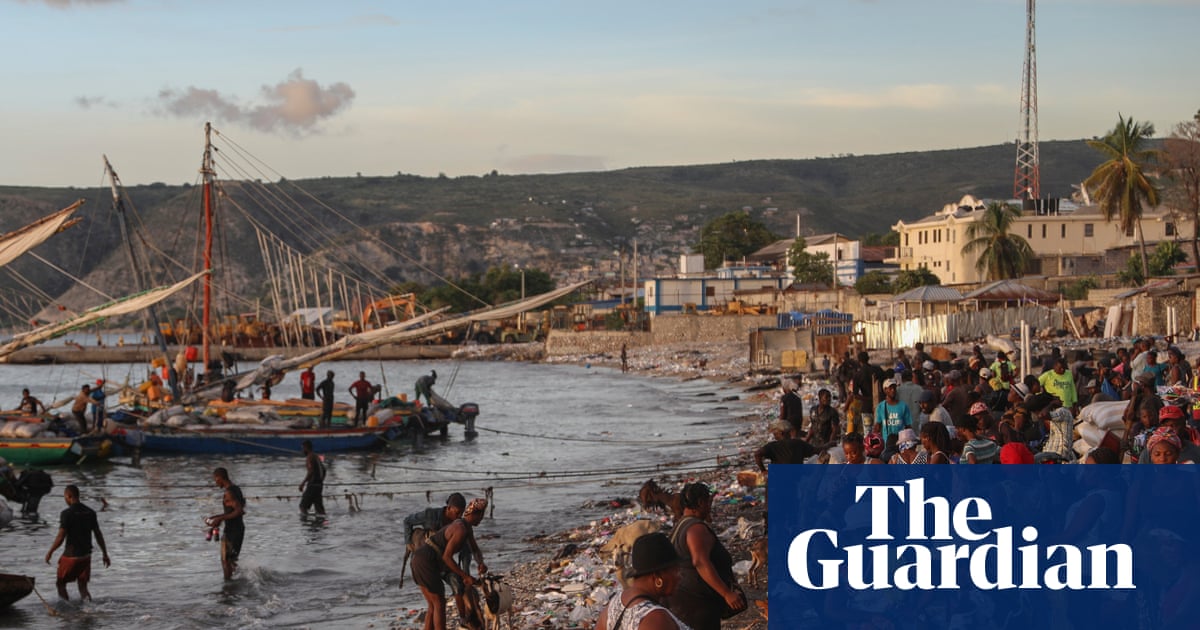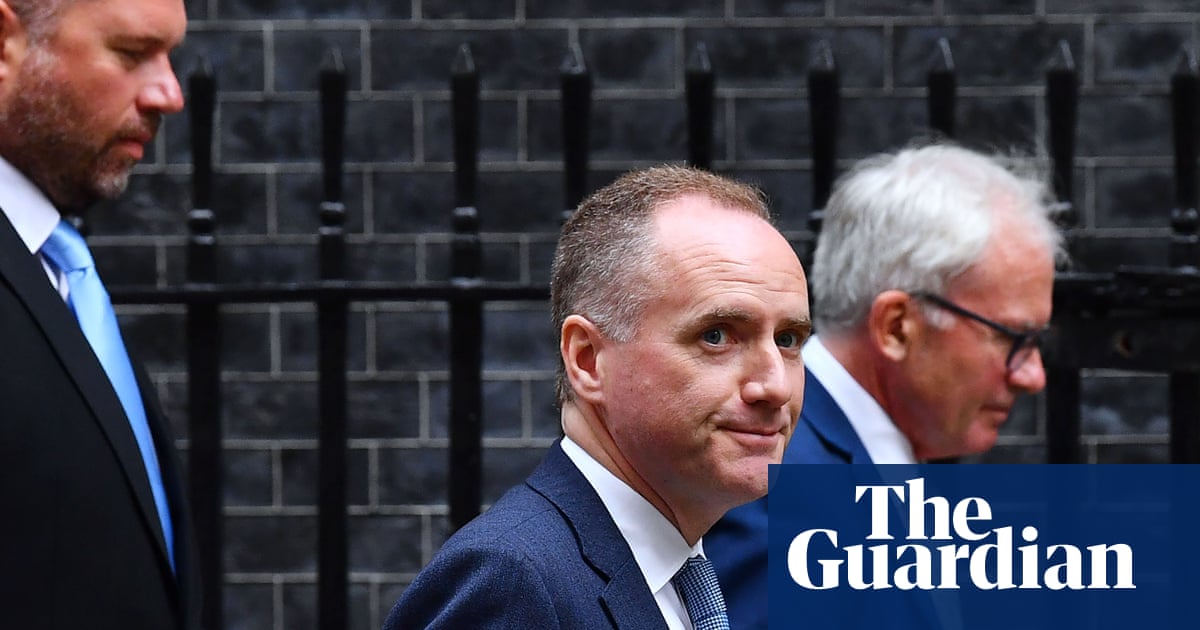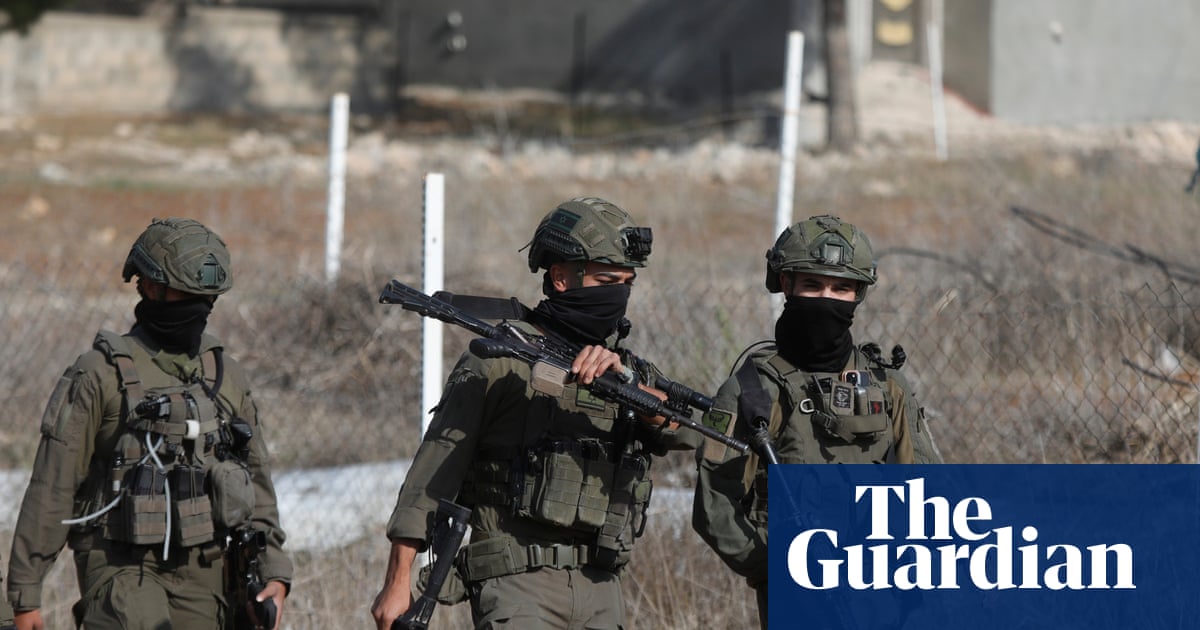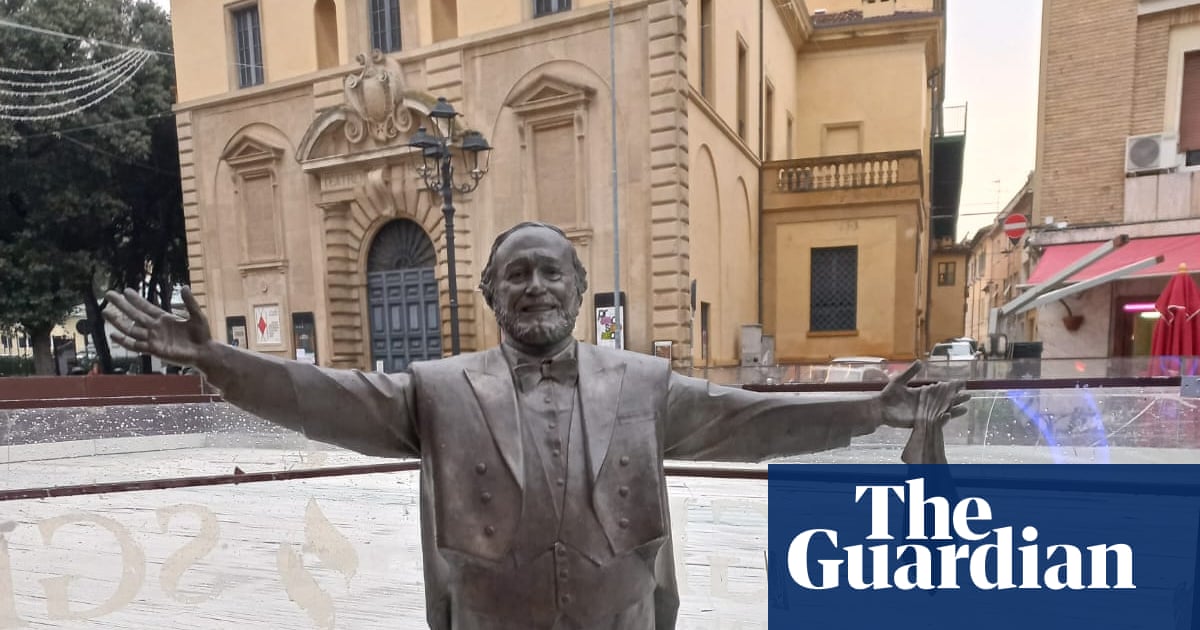The US military killed 14 people and left one survivor in more strikes on drug-trafficking boats in the eastern Pacific, the defense secretary, Pete Hegseth, said on Monday, as the Trump administration continued to expand its campaign beyond the Caribbean.
The latest strikes mean the US has now attacked at least 13 vessels and brought the officially acknowledged death toll to 51 people since the campaign began at the start of September.
Hegseth did not provide geographic details beyond saying that the strikes took place in the eastern Pacific, in international waters. Last week, the administration started targeting boats on the western side of the Americas after initially focusing on boats off the coast of Venezuela.
The four boats were hit on Sunday in three different strikes, Hegseth said in a social media post announcing the matter. His said the boats were “known by our intelligence apparatus, transiting along known narco-trafficking routes, and carrying narcotics”. He also acknowledged there was a survivor.
In perhaps an effort to avoid the legally thorny questions that could come with detaining that person, Hegseth said the US enlisted Mexico to take on search and rescue responsibilities – which Mexico accepted.
Hegseth sought to justify the attacks by comparing the US strikes against alleged drug traffickers to conducting strikes on al-Qaida targets during the global war on terror.
“The Department has spent over TWO DECADES defending other homelands. Now, we’re defending our own. These narco-terrorists have killed more Americans than Al-Qaeda, and they will be treated the same. We will track them, we will network them, and then, we will hunt and kill them,” Hegseth said.
But the justification for the strikes has been widely disputed by legal experts. For one, when the US killed al-Qaida members, Congress had authorized the use of force. In targeting drug cartel members, the administration has relied on Trump’s article II powers to defend the US against an imminent threat.
The latest boat strikes come as the US appears destined to start hitting land-based targets in the coming weeks, after the Pentagon sent its most advanced aircraft carrier and its strike group to the Caribbean — a major escalation in the Trump administration’s stated war against drug cartels.
The move is expected bring the USS Gerald Ford, with its dozens of fighter jets, and its accompanying destroyers, to the coast of Venezuela by roughly the end of the week, according to a person familiar with the matter.
Sending the carrier strike group to the Caribbean is the clearest sign to date that the administration intends to dramatically expand the scope of its lethal military campaign from hitting small boats alleged to be carrying drugs bound for the US to targets on land.
after newsletter promotion
The supercarrier has dozens of F-18 Super Hornet jets that increase the offensive firepower and ability for the US to hit air-defense systems in Venezuela. That would clear the way for US special operations or drones to destroy land-based targets, current and former officials said.
Donald Trump also confirmed to reporters at the White House on 23 October that the next stage of the campaign was to hit targets on the ground. “The land is going to be next,” the president said. “The land drugs are much more dangerous for them. It’s going to be much more dangerous. You’ll be seeing that soon.”
Trump did not discuss which targets in which countries the US intended to strike. But he directed Hegseth, who was seated beside him at the White House event about curbing the flow of illegal drugs into the US, to notify Congress about the administration’s plans.
Asked whether he would declare war against the cartels, Trump suggested he would continue with individual strikes. “I think we’re just going to kill people that are bringing drugs into our country, OK?” he said. “We’re going to kill them, you know they’re going to be, like, dead.”

 1 month ago
24
1 month ago
24

